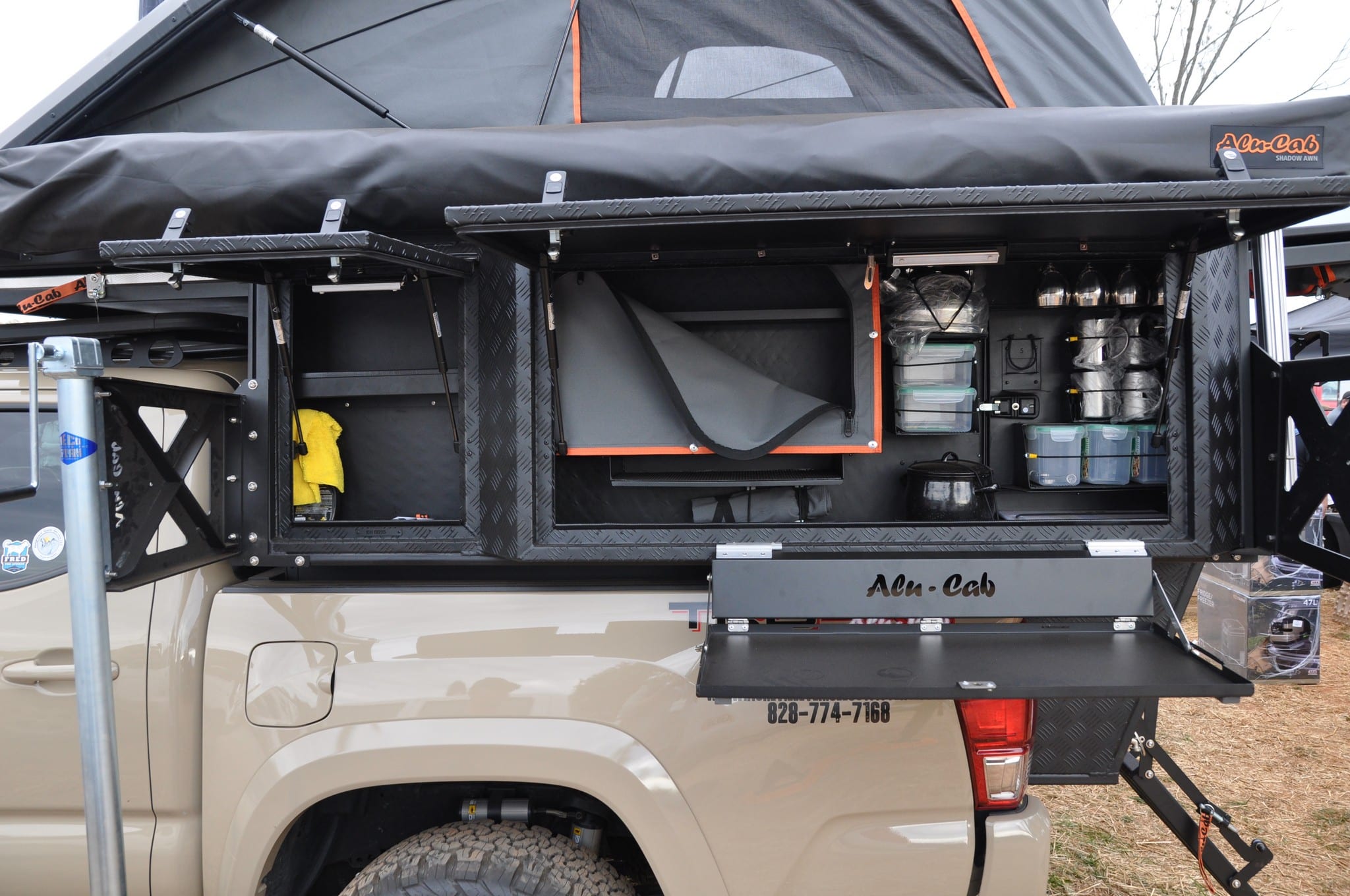I love looking at nicely prepped camping and overland rigs. The variety of the vehicles used for adventure is wonderful. As are the myriad methods that the owners of these machines put to use in making sure they are prepped for anything. But when is it too much? I now see a multitude of Jeeps, Tacomas, 4Runners, and more packed to the limit. Is all of this necessary? What percentage of the “upgrades” are purely for aesthetics and style points?
You should always be prepared when you head off down a trail. It’s great to know you have everything you need. But there has to be a tipping point. I think people are tossing too much crap on their trucks. These rigs look ready for the rebirth of the Camel Trophy with nary a need for a support vehicle. Yet I’m also sure that the KOA in which they’re staying has enough Pinot Noir left in the main shop. That’s not a dig on KOAs or Pinot Noir, by the way, I’m a fan of both.
But I worry that a fair number of modified vehicles have their owners tossing money at things they’ll never use. In a quest to have “the baddest rig out there”. This is certainly a case of “it’s your truck, so have fun with it”. But there’s definitely a point where too much is too much. Where does that line fall for you?


Leave a Reply